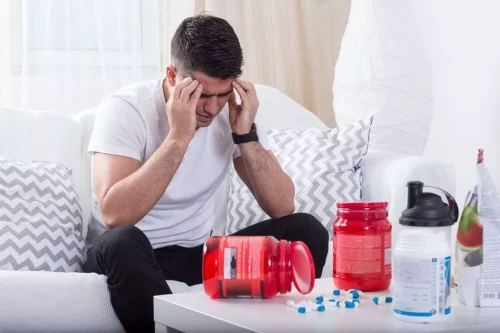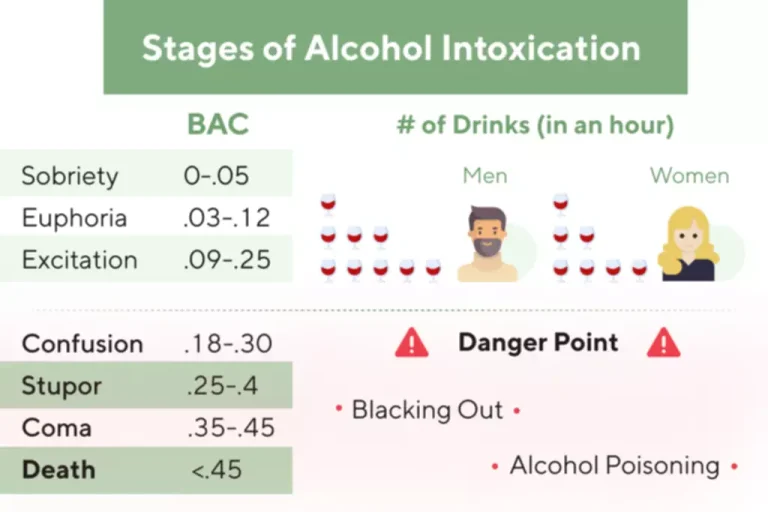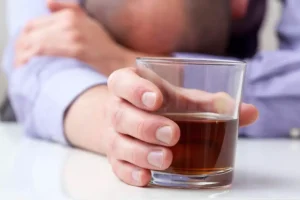
Don’t get so caught up in someone else’s drug problem that you neglect your own needs. Make sure you have people you can talk to and lean on for support. You often do drugs or use more than you planned, signs of drug use even though you told yourself you wouldn’t. Using drugs under dangerous conditions or taking risks while high, such as driving while on drugs, using dirty needles, or having unprotected sex.

What Are the Behavioral Signs of Drug Abuse?
While frequency or the amount of drugs consumed do not necessarily constitute drug abuse or addiction, they can often be indicators of drug-related problems. Find out as much as you can about their drug use—what substances they’re using, how often they’re using them, and how they’re getting them. Be clear that the risks of drugs are serious and that drug use will not be tolerated. At the same time, make sure that you reassure your teen that you love them and that you want to help.
Renewal Center for Ongoing Recovery
It is considered moderate in the presence of four or five signs. In the presence of six or more symptoms, substance use disorder is considered severe. In fact, sometimes the word addiction is reserved for the most severe cases. Addiction can reveal itself in physical signs, as well as psychological and behavioral ones, although they are not diagnostically specific for the condition.

How effective are residential treatment centers for teens suffering from anxiety and mild substance abuse?
These steps can include detoxification, behavioral counseling, and long-term follow-up. No matter the type of addiction, it’s important to recognize warning signs and seek help if necessary. Certain medications can help you relax after surgery if you’re in a lot of pain or manage an underlying chronic health condition. Some substances can even dust off your keyboard or keep a bouquet blooming.
- Or maybe you have a feeling that your loved one is misusing opioids, even if you’re not sure.
- The positive behavior that you and other family members model can have a dramatic impact on how your teenager perceives alcohol and other drugs.
- This need for secrecy can be a clear sign that something’s not right.
- This class of drugs includes, among others, heroin, morphine, codeine, methadone, fentanyl and oxycodone.
What are the effects of addictive substances?
The drug may be causing chemical changes to their brain that makes them anxious or reduces their ability to enjoy things that they used to like. You may notice this person spraying areas such as their room or car, wearing very strong cologne or perfume, or even burning candles and incense to cover it. Some drugs, like alcohol, marijuana, crack, or meth, have distinct smells that individuals may try to cover up. You may notice those smells on their clothes, in their car or bedroom, or on their breath or skin.

Medical Professionals
Opioids include both prescription painkillers, like Vicodin and OxyContin, and the illicit drug heroin. Signs of opioid abuse include overall sedation, memory issues, inability to concentrate, slowed reaction times, lethargy, and mood swings. Since opioids can slow the digestive system, users often experience constipation and other intestinal issues. When without the drug, users https://ecosoberhouse.com/ may become anxious and display flulike symptoms. When an individual suffering from alcohol use disorder stops drinking, they will experience withdrawal symptoms, such as headaches, nausea, insomnia, and anxiety. There is the potential for serious withdrawal complications, including delirium tremens (DTs), a condition that can lead to hallucinations and life-threatening seizures.

Even a few episodes of substance misuse can lead to tolerance and dependence (addiction). The teen and young adult years are confusing, complicated and formative. Understanding what’s happening socially and developmentally — and how it can intersect with substance use — is fundamental to setting the stage for healthier outcomes.
- You may need continuing care throughout your life, as SUD is a chronic condition.
- Other health problems like allergies, sinus infections, hormone imbalances, or mental disorders can also cause these symptoms in teens.
- You might also notice them drinking alone or at odd hours.
- These programs support behavioral modification through self-help and peer support.
If users snort the drug, nasal congestion is a common sign of use. Snorting drugs like cocaine can damage the mucous membrane inside the nose. While overall moodiness can simply be part of adolescence and the teen years, drug use is generally signified by more drastic changes in mood or behaviors in this age group. Per the National Institute on Drug Abuse (NIDA), signs of drug use in adolescents include acting withdrawn, tired, depressed, or hostile. Wet brain is the colloquial term for the nutritional brain bomb of severe thiamine deficiency that occurs with chronic abuse of alcohol. It is medically known as Wernicke’s Encephalopathy or Wernicke-Korsakoff Syndrome.
One minute they’re on top of the world, the next they’re down in the dumps. It’s an emotional rollercoaster that can leave everyone around them feeling dizzy and confused. Eyes are often called the windows to the soul, but they can also be windows to addiction.
Early Signs of Addiction: Recognizing the Warning Signals Before It’s Too Late
As you seek out more of a substance, it may lead to taking dangerously harmful doses or mixing substances that can be life-threatening complications like overdose. When you take a substance, a surge of dopamine happens in your brain. Because dopamine causes you to feel good, your brain and body want more of it. Such massive dopamine levels can lead to damaging changes that affect your thoughts, feelings and behavior. This can create an unhealthy drive to seek more pleasure from the substance and less from more healthy experiences. So, as we wrap up this deep dive into the early signs of addiction, I want to leave you with a message of hope.
